5 Toxic Plants That Look Like Dill Weed (And How to Avoid Them)
Accidentally consuming poisonous plants that resemble dill can be dangerous. Poison hemlock, for example, is highly toxic and can be fatal if ingested. According to the USDA and the American Society for the Prevention of Cruelty to Animals (ASPCA), poison hemlock is one of the most dangerous plants that resemble dill. In this guide, we'll identify the top 5 plants that look like dill weed, with special focus on dangerous lookalikes and expert identification tips to keep you safe while gardening or cooking.
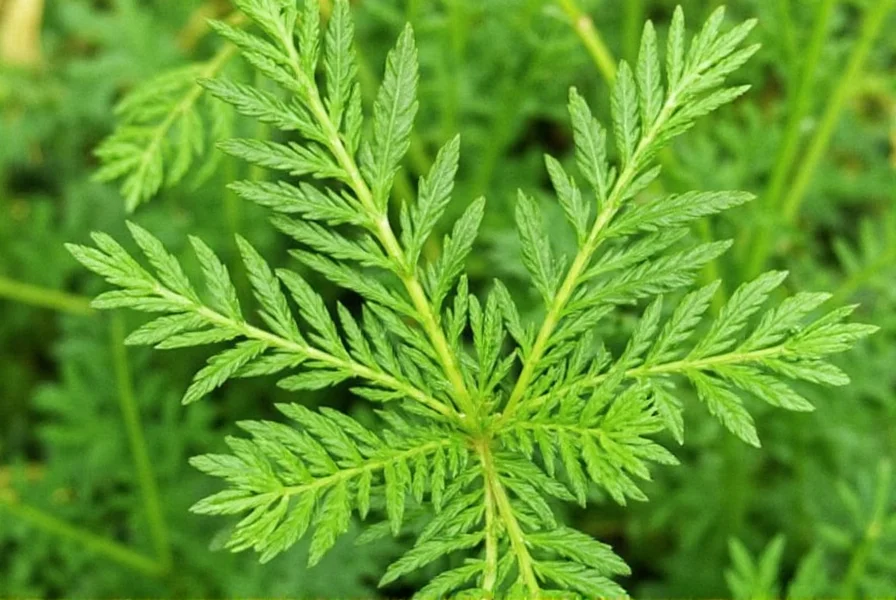
Why You Should Care About the Difference
At first glance, many herbs and weeds have delicate, lacy foliage that can resemble dill. But while some are safe and even delicious, others might ruin your recipe—or worse—be mildly toxic when consumed in large quantities.
- Taste: Each plant has its own unique flavor profile. Mistaking fennel for dill? You might end up with a licorice bomb instead of a subtle seasoning.
- Safety: Some wild plants that mimic dill (like poison hemlock) are dangerous if ingested—even deadly in extreme cases.
- Gardening: Knowing how to identify true dill helps maintain the integrity of your herb garden and avoid accidental poisoning of pets or kids.
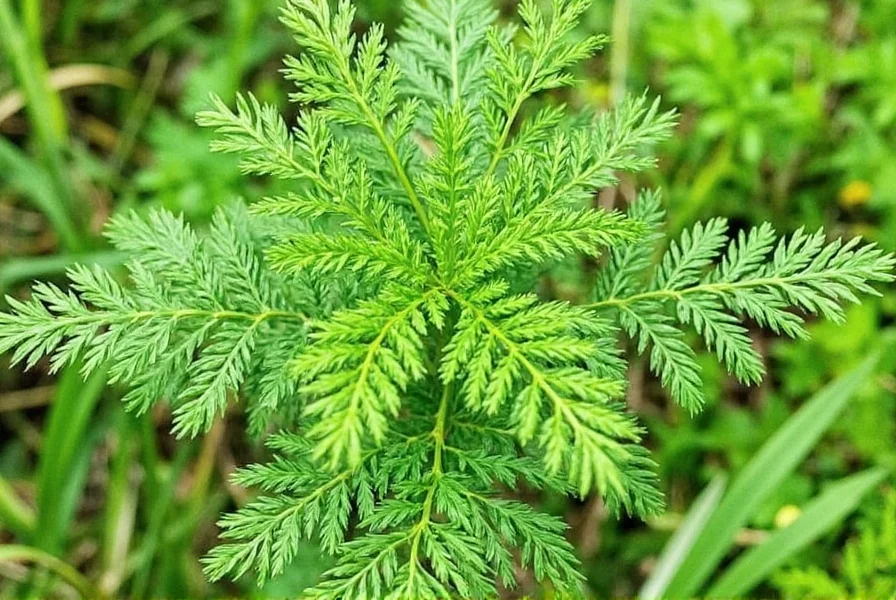
5 Plants That Look Like Dill Weed
Let’s dive into the top five green imposters that can easily be confused with dill weed. We’ll break down their appearance, scent, taste, and whether they’re safe or sketchy in the kitchen.
1. Poison Hemlock (Conium maculatum)
According to the USDA and the American Society for the Prevention of Cruelty to Animals (ASPCA), poison hemlock is one of the most dangerous plants that resemble dill. It can be mistaken for young dill or parsley plants but is highly toxic. Its smooth, hairless stems with purple blotches and lack of fragrance are red flags. Ingesting even small amounts can cause respiratory failure and death. Never consume any plant that looks like poison hemlock.
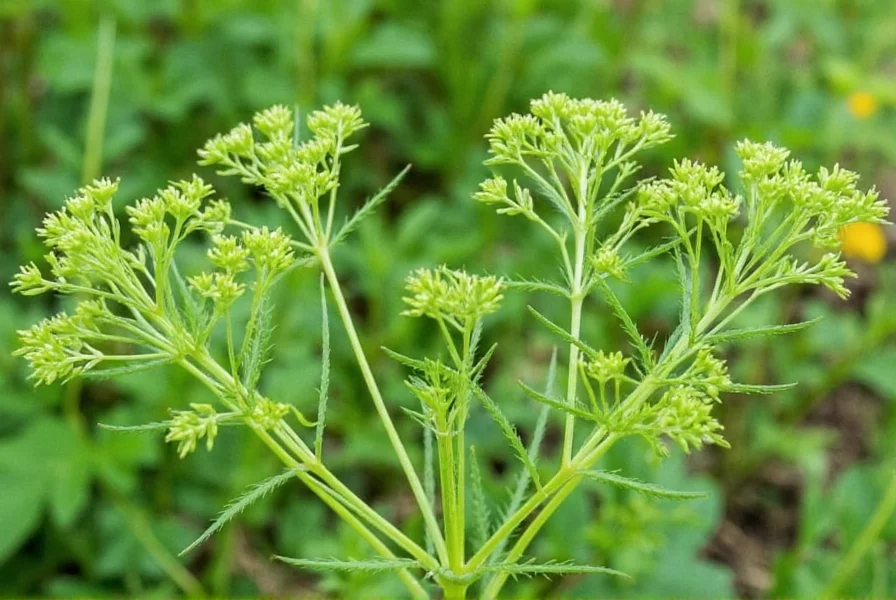
2. Fennel (Foeniculum vulgare)
Fennel and dill are botanical cousins—both belong to the Apiaceae family—and share similar lacy leaves and yellow flowers. However, fennel tends to be taller, with a stronger licorice flavor and a bulbous base at the stem. It is safe to eat but has a very different flavor profile than dill.
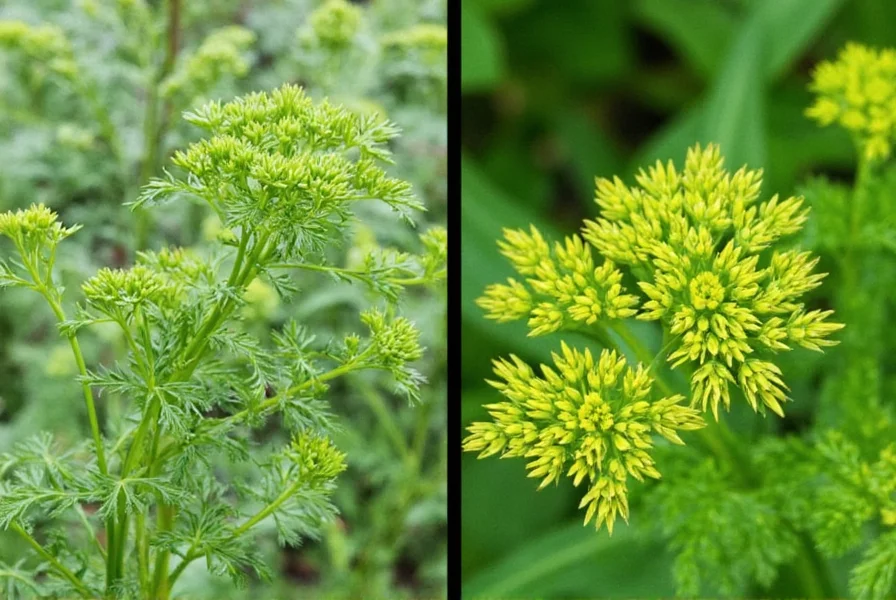
3. Caraway (Carum carvi)
Young caraway plants can closely resemble dill, especially before they flower. Their leaves are finely divided, but the stems are usually more rigid. The real giveaway? Its earthy, rye-like flavor once matured. Caraway is safe to eat but has a distinct taste.
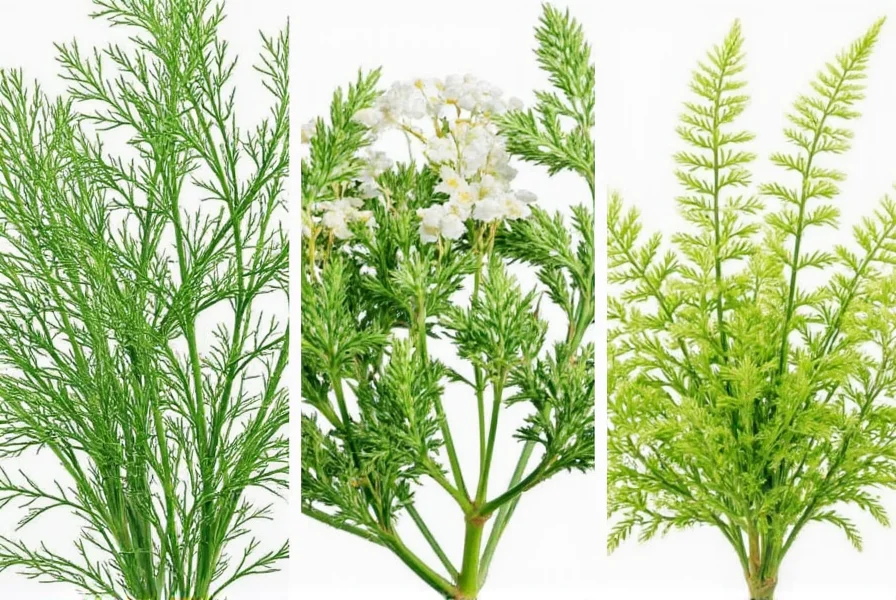
4. Anise (Pimpinella anisum)
Anise starts life with feathery leaves much like dill, but it grows into a shorter, bushier plant. It has a strong, sweet aroma reminiscent of black licorice—much more intense than dill’s mild freshness. Anise is safe to eat but has a different flavor profile.
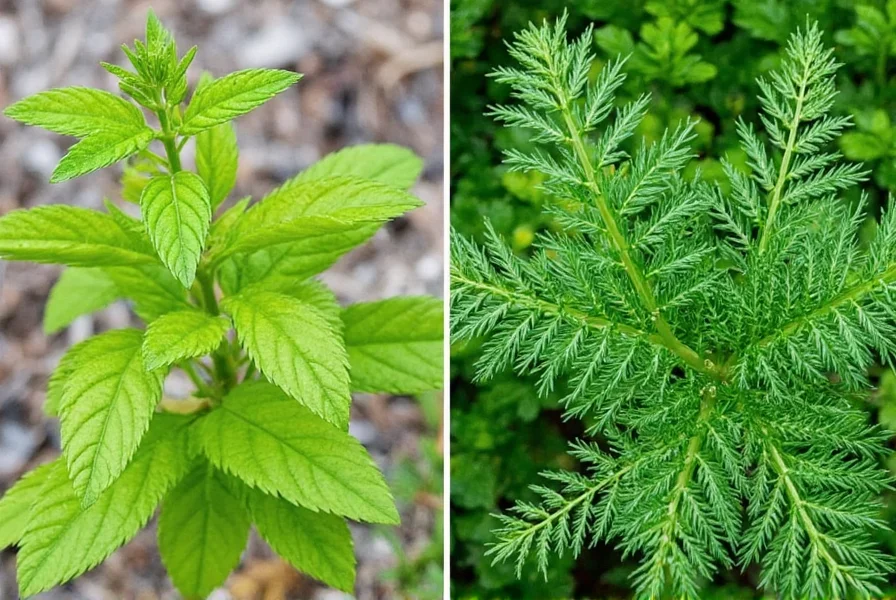
5. Wild Chervil (Anthriscus sylvestris)
A common garden weed, wild chervil has dill-like leaves but lacks the aromatic punch. It has a bland taste and often appears in uncultivated areas. Be cautious—some species can cause skin irritation, but it is generally not toxic when consumed in small amounts.
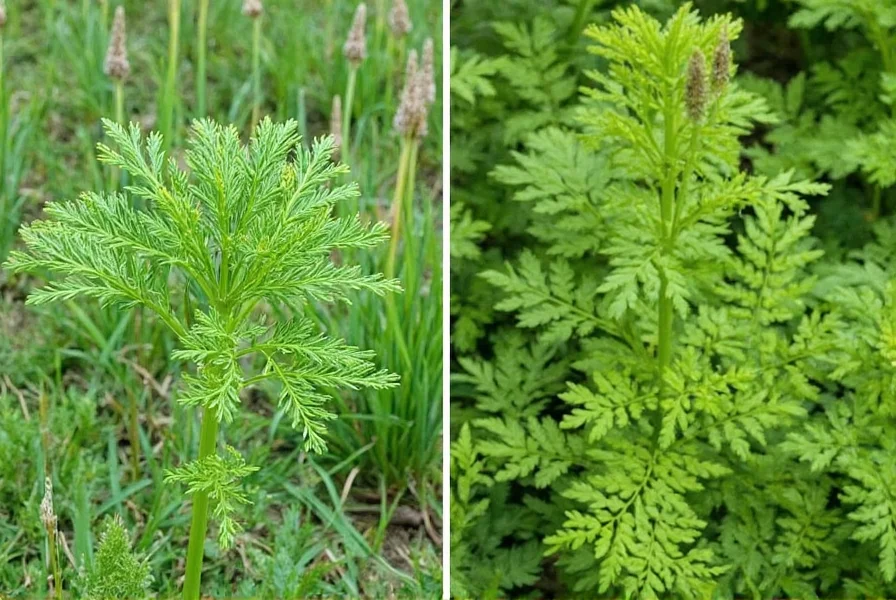
Comparison Table: Spot the Differences
| Plant | Leaf Appearance | Stem Features | Smell / Taste | Safety / Use |
|---|---|---|---|---|
| Dill | Soft, feathery, bluish-green | Thin, hollow, slightly grooved | Citrusy, fresh, mild anise notes | Edible; popular in pickling, fish dishes |
| Fennel | Similar to dill, but coarser | Thicker, solid stem; forms bulb base | Strong licorice flavor | Edible; used in Mediterranean cuisine |
| Caraway | Narrower, stiffer | Smooth, ribbed | Earthy, rye-like | Edible seeds; leaves used sparingly |
| Poison Hemlock | Broad, flat-topped leaf clusters | Hollow, hairless with purple spots | Musty, unpleasant odor | Highly toxic; avoid contact |
| Wild Chervil | Very similar to dill | Smooth, slender | Mild, grassy | Generally safe but not flavorful |
Practical Tips for Identifying Real Dill
So how do you tell if you’ve got the real deal or a clever copycat in your garden or market basket? Here are some foolproof tips:
- Check the smell: Rub a leaf between your fingers. Dill has a bright, clean scent with a hint of lemon and anise. If it smells musty or overly pungent, think twice.
- Look at the stem: True dill has a thin, slightly grooved, green stem without any purple markings.
- Observe flowering patterns: Dill produces small yellow umbels—flat-topped clusters of tiny flowers. Fennel has similar but larger and more compact blooms.
- Compare height: Dill can grow up to 3–4 feet tall. Fennel may tower over it at 5–6 feet, especially in warm climates.
- Use reference apps: Apps like iNaturalist or PictureThis can help confirm identification through photo recognition.
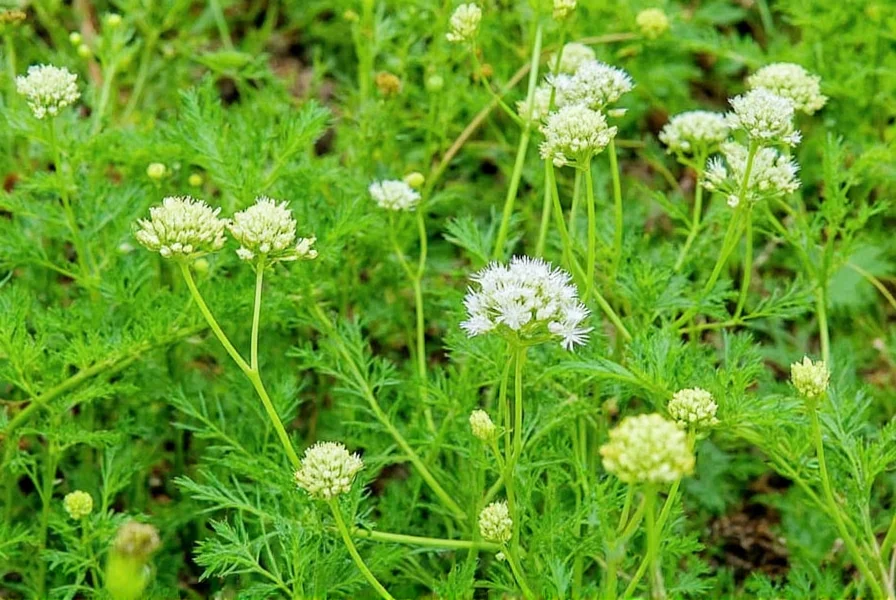
Buying Guide: How to Choose Real Dill vs. Lookalikes
Shopping for fresh or dried dill? Follow this handy buying guide to make sure you get exactly what you need.
Fresh Dill
- Appearance: Bright green, soft fronds; should not be wilted or yellowing.
- Smell: Fragrant with a clear dill scent—no bitterness or off-odors.
- Source: Buy from reputable farmers' markets or well-stocked grocery stores.
- Use case: Perfect for dips, dressings, fish marinades, and garnishing.
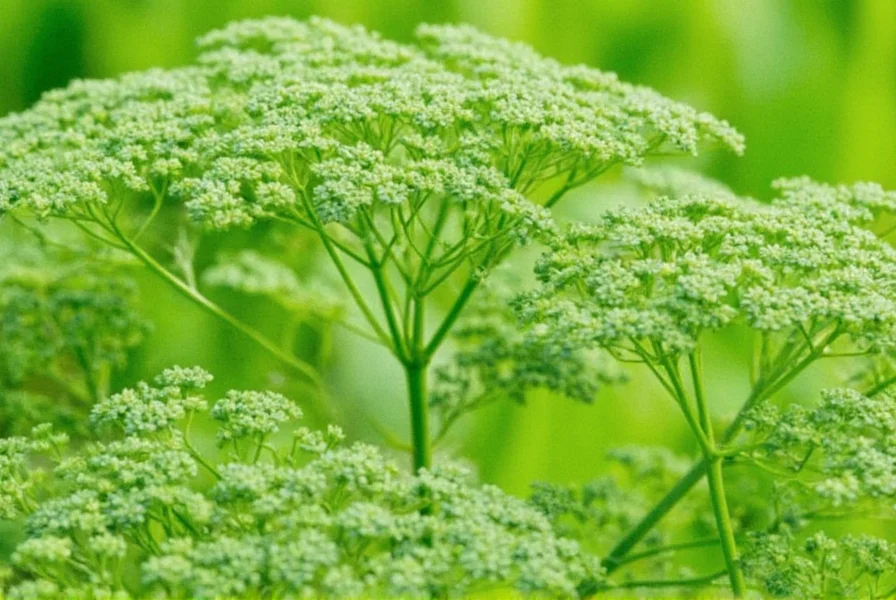
Dried Dill Weed
- Color: Olive-green to grayish-green; avoid brown or overly faded versions.
- Texture: Crumbly but not powdery. Whole or coarsely chopped pieces retain more flavor.
- Packaging: Choose vacuum-sealed or tightly closed containers to preserve potency.
- Use case: Ideal for long-cook dishes like soups, stews, and pickles where fresh herbs might wilt too quickly.
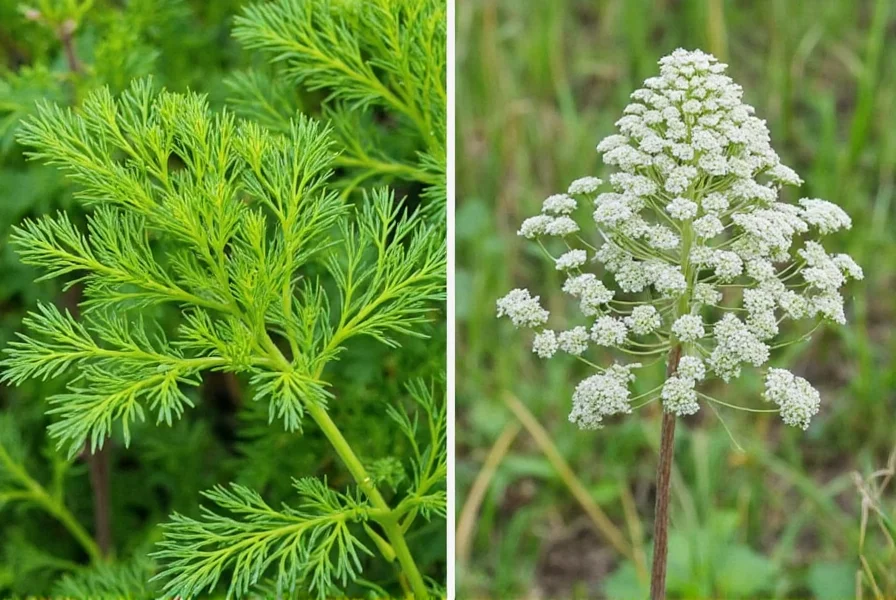
Dill Seeds
- Appearance: Small, oval, light brown with lengthwise ridges.
- Smell: Earthy and slightly bitter, with a stronger dill aroma than the leaves.
- Storage: Keep in airtight container away from heat and moisture.
- Use case: Popular in pickling, breads, and spice blends like dill seed salt.
Conclusion: Don’t Let Looks Fool Your Palate!
In the world of herbs, appearances can be deceiving. Dill weed has several lookalikes, some of which are edible and flavorful, while others can be harmful or unpalatable.
By learning to recognize key differences—like scent, stem texture, and growth habits—you’ll become a confident identifier in both the garden and the kitchen. Whether you’re growing your own herbs or shopping for fresh ingredients, always double-check your choices to ensure you’re getting the real thing.
Always consult with a certified botanist or your local agricultural extension office if you’re unsure about plant identification. Safety should always come first when dealing with potentially poisonous plants.
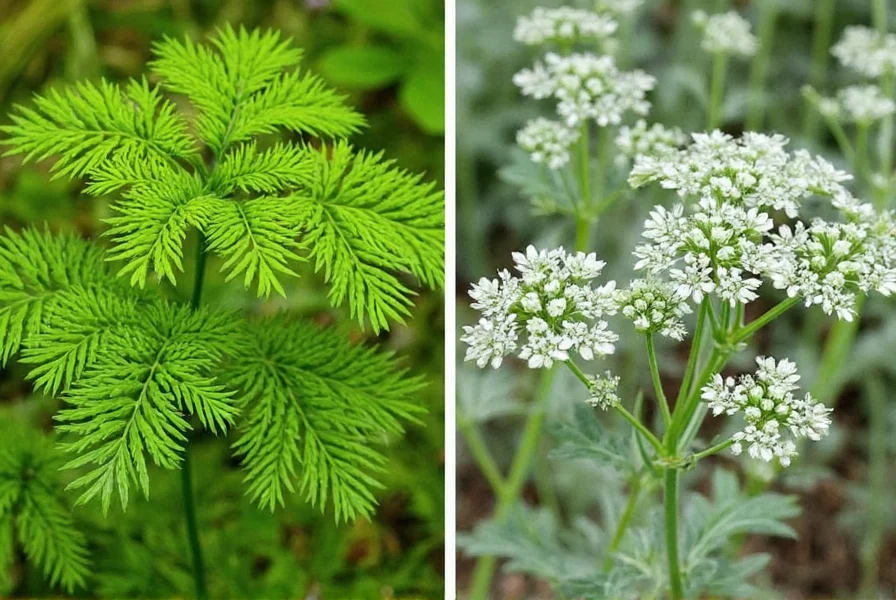

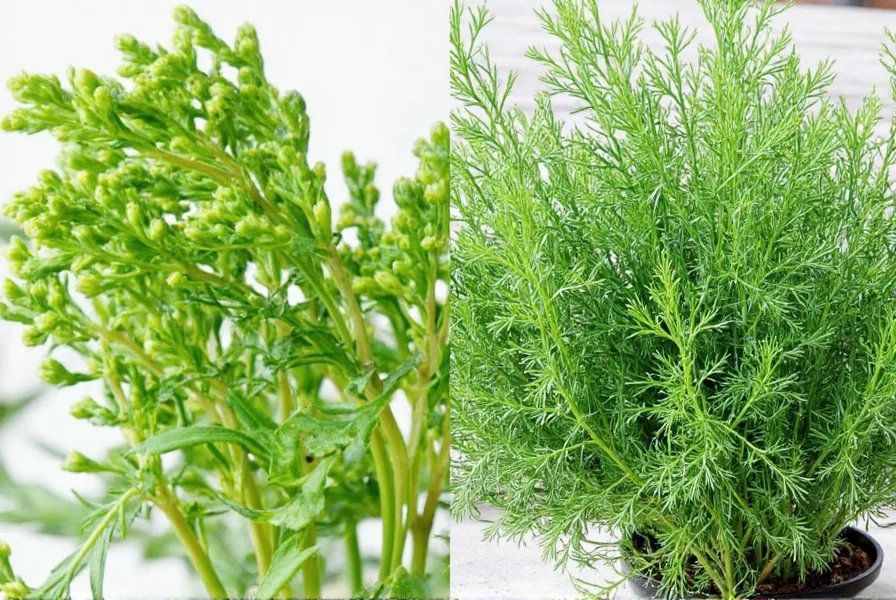









 浙公网安备
33010002000092号
浙公网安备
33010002000092号 浙B2-20120091-4
浙B2-20120091-4